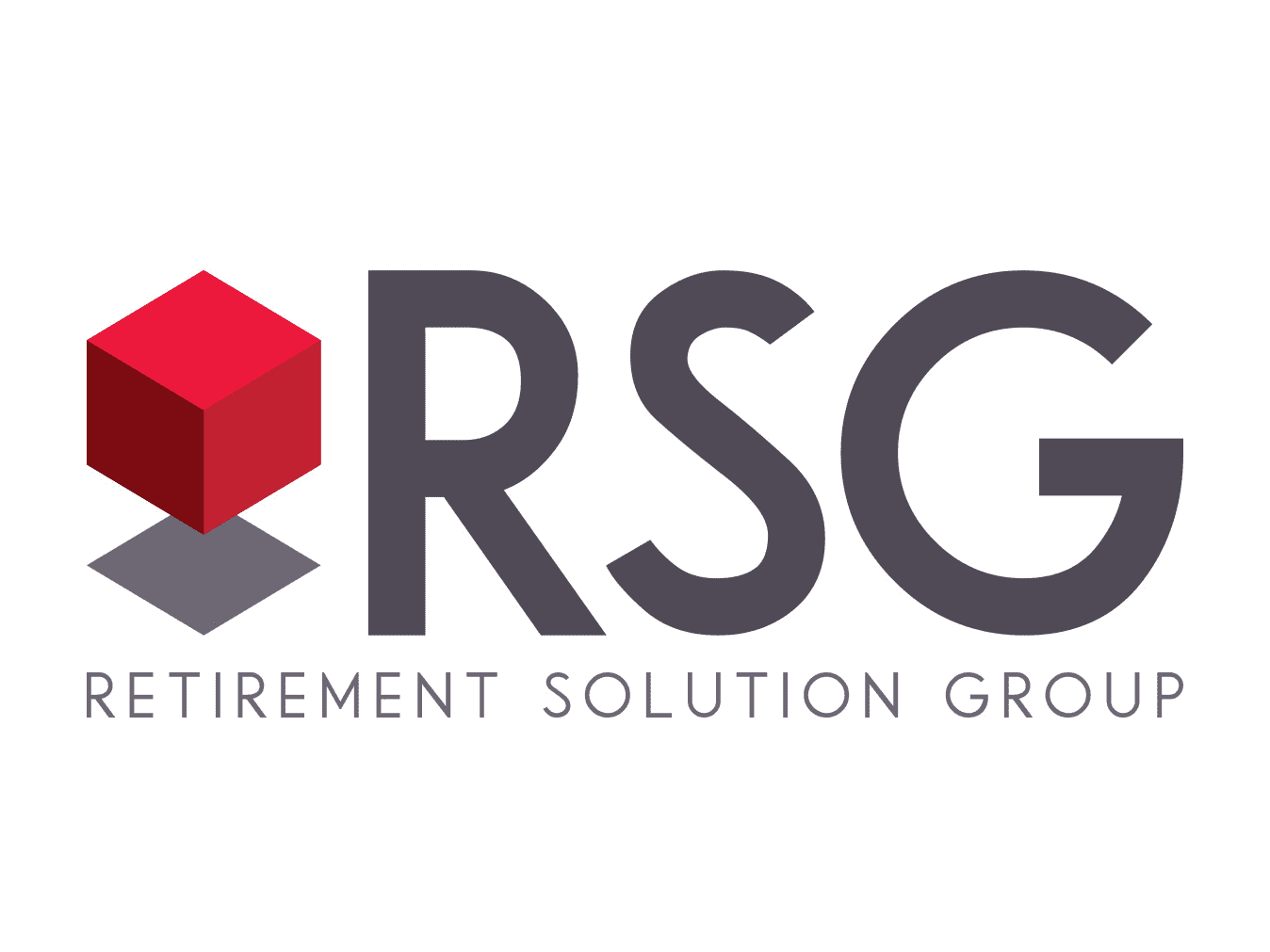Every plan with more than 100 eligible employees is required to file an ERISA Audit when filing their 5500 with IRS. The purpose of this review is to reexamine the ERISA audit, so you know what it is and if applicable be better prepared.
· Being aware of the audit plan requirements can help you better manage the process.
· Audits can help uncover valuable information that can then be used as a road map for plan improvements.
· Many executives and managers are unaware of the time, effort and most importantly results of these audits.
The annual headache you may not even be aware of.
The Employee Retirement Income Security Act of 1974 (ERISA) requires annual audits of plan financial statements by an independent qualified public accountant for plans subject to the provisions of ERISA. Every plan with more than 100 eligible employees is required to file an ERISA Audit when filing their 5500 with IRS. This requirement is not known by most small employers since it is not a project or expense they have to deal with. So much of the small-to-mid size market is either unaware or misunderstands the audit process, cost, and potential benefits. The purpose of this review is to reexamine the ERISA audit so you know what it is and if applicable be better prepared.
Mid-Year Is the Heart of Audit Season
It is true that to write a blog post that is not about the economy reopening from the pandemic or the S&P 500 hitting yet another all-time high, may seem odd. But as I write this on the final day of Q2, it is right in the heart of audit season. This is often a limited scope audit, though not always, required to file the plan’s annual tax return to the IRS, known as the form 5500. The audit is often not understood by those who do not have to deal with it annually, and that makes sense on the surface level. But I will argue that there are benefits for smaller firms to at least be aware and larger (100+) eligible employee firms to revisit this with perhaps a new perspective.
I run a small consulting firm. All small business owners have too much going on to spend unnecessary time and resources preparing for an event such as this that may never happen. On one hand, that is true. But in 26 years of pension consulting, I have on more than one occasion found a small business go through a change in their business structure or plan that made the audit a painful reality.
A Fine Example: Anticipating Audit Requirements for Growing Businesses
Take for example my friend Andrew in Cape Cod who had a chain of small and successful fried seafood restaurants. (Legit good by the way.) His son had also gone into the restaurant business and had a handful of restaurants and bars. Andrew decided that having his son join his firm and unite their books of business would be more efficient for their collective practices today and set up the son to take over his regional chain. This succession plan sounds good, all is mutually beneficial at the owner and employee level.
Two things happen with idea this that makes the retirement plan a pain in the butt a few years down the road.
- Andrew was always very progressive and really believed in offering his employees benefits such as 401(k) with match. He truly believed in making the service industry one with more retirement readiness and general financial wellness.
- He knew there was a seasonality to his business in many locations, so entry and eligibility for the match were liberal.
- His son was given different advice by his advisors and had much more rigid standards around plan design features such as entry and eligibility.
- As a result, when they joined forces, they unknowingly created a control group and caused the plans to be flagged for Department of Labor discrimination testing by 12/31 of the year following the transaction.
Solving A Handful of Problems
They had run the plan independently for years, which was out of compliance.
Solution: It was necessary for the business to hire a firm like RSG to oversee an IRS Voluntary Correction Program (VCP) correction.
The more open plan design of Andrew’s chains caused a redefinition of eligibility to the son’s plan, making the correction more expensive than initially planned on.
Solution: RSG was able to argue that with proper consultation this design would not have applied to this group. By running the calculations multiple ways, we were able to offer a lesser solution than the initial results.
Finally, once the plan was brought together, they became a plan with more than 100 eligible participants for two consecutive years and/or a plan with one year of eligible 401(k) participants at 120 or more, and thus were required to hire and perform an annual ERISA audit on the plan.
Solution: RSG proactively provided the incoming auditor with a project synopsis, calculations and VCP communications to help the client and the auditors be as efficient as possible.
In the end, the challenge were the unknowns. The clients did not realize that there was a cost for being an audited plan ($10,000 – $15,000 est.), but even bigger was the time and administrative support pain. With the VCP having been completed and filed, the auditor’s duty was even stricter to ensure that proper administrative procedures were being managed.
The groups still had two payrolls. So, all of a sudden there were timely submission issues, data and definition of pay issues and missed eligibility was being identified. With the high turnover of the groups, employee friendly plan design, two payroll systems and marginal internal support, the audit uncovered numerous other issues that needed to be fixed. But the IRS was reviewing the previous errors and would indemnify the client and the audit findings provided the roadmap for the other fixes, most notably in payroll.
Andrew and his son got through it, but I believe they both would strongly argue to this day that if they knew the impact of both the control group and audit requirements, they would have managed the timing and process around the merger differently. Between having better covered service providers, better practices and having a specialist firm overseeing the fiduciary and administrative services the plan is in a good place.
The magic of 100 employees
Many employers today are in hiring mode, with many businesses expected to see substantial growth as the economy reopens and America sees perhaps its highest GDP growth since the end of WWII. So remember if you are an organization that has less than 100 eligible participants in the plan, and now you are hiring… be aware and plan accordingly. You could find yourself with a much more administratively challenging plan that has a required annual audit and some new expenses. The answer is to have your ducks in a row prior to that, and the key is to have the right consultants working collaboratively with you to build the right fiduciary processes.
Planning for Your Required Audit
By no means am I suggesting this should be feared and that a business should avoid growth to avoid an audit. For everyone who reads this and knows me, I am VERY much a pro-growth guy. But the key is to be aware and plan. If you are close to this mark of 100 eligible employees and preparing or in the midst of executing aggressive hiring, then it is time to get your ducks in a row. Hire a consultant to help assess where your plan’s health is at, how administrative and fiduciary processes would hold under audit and proactively address inefficiencies in design, due diligence and administration.
For those of you who have been over 100 employees for some time and think it is not a big deal, I ask you one favor. Ask.
This summer where perhaps some new faces (auditors) are poking around the benefits and payroll departments, I urge you to at least question the time, energy and resources this takes on your staff. Unfortunately, many audit reports are completed right at or around the filing deadline of October 15. This usually means they get rushed through and far too often not reviewed. You are telling the IRS about deficiencies in the plan. None of us can control when or if down the road we will have an actual IRS or DOL auditor show up to review our plan. But I will say, it is a different thing to have that auditor show up and have an annual notation of inefficiencies that have not been addressed. They tend to not like that.
Take These Steps for Audited Plans
So, for the currently audited plans it is simple:
- Review your last audit. Confirm all correctable issues have been dealt with and document.
- Review the time and administrative burden the ERISA audit may have on your support team in payroll and benefits. If feedback comes in that it is more than budgeted in metrics like time, hassle and headache then meet with the leadership team and your plan consultant, TPA and/or recordkeeper to reassess procedures to look for increased efficiencies.
- Create a service grid that clearly identifies who has ownership of what in the plan and where the audit concerns are. Track resolution and identify patterns.
No one gets excited to write about, read about or think about an ERISA audit. But for many of you, those strange faces are in the office now. So, the time is now to revisit and ensure that your administrative team is not being overburdened and your risk mitigation is where you think it should be.
For those of you under 100 eligible participants in your company retirement plan, congratulations no strange auditors in the office. But are you close with your current demographics and/or are there any business plans that may take you over this threshold? If so, plan now. Find good professionals and plan for the inevitable.
The audit is not the scary part. The ramifications of not planning or managing though, can create some unwanted results.



